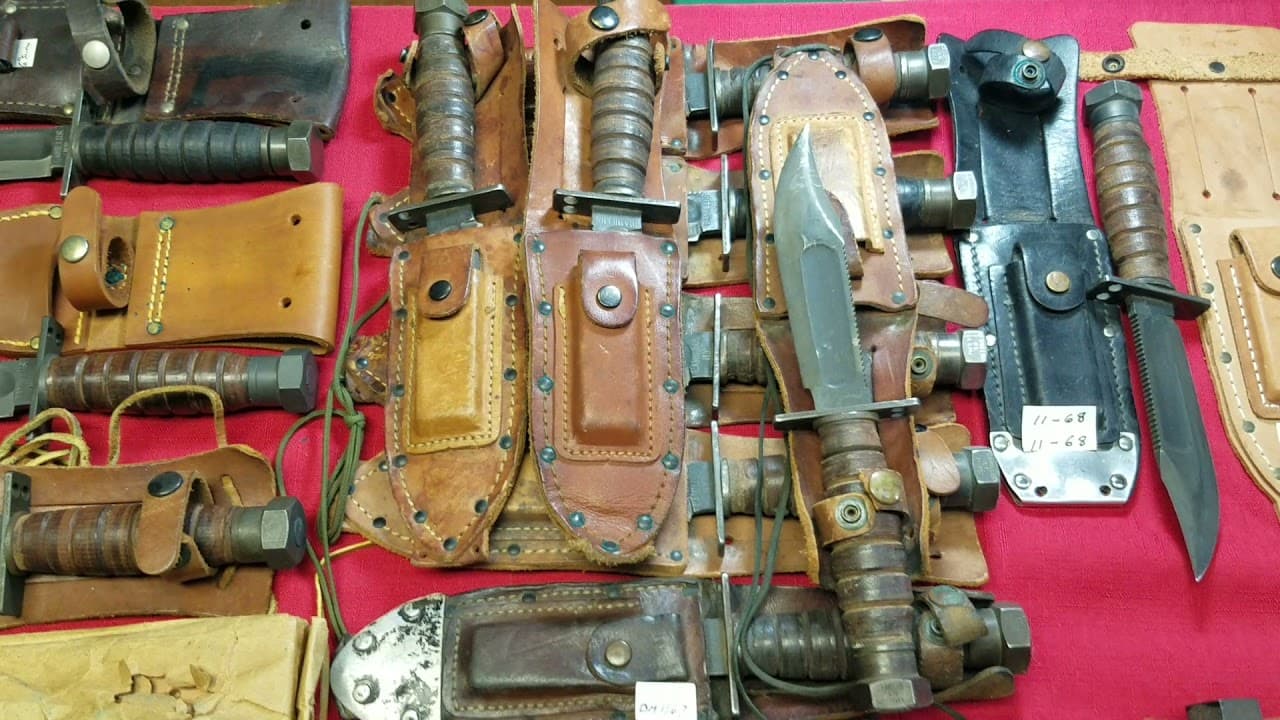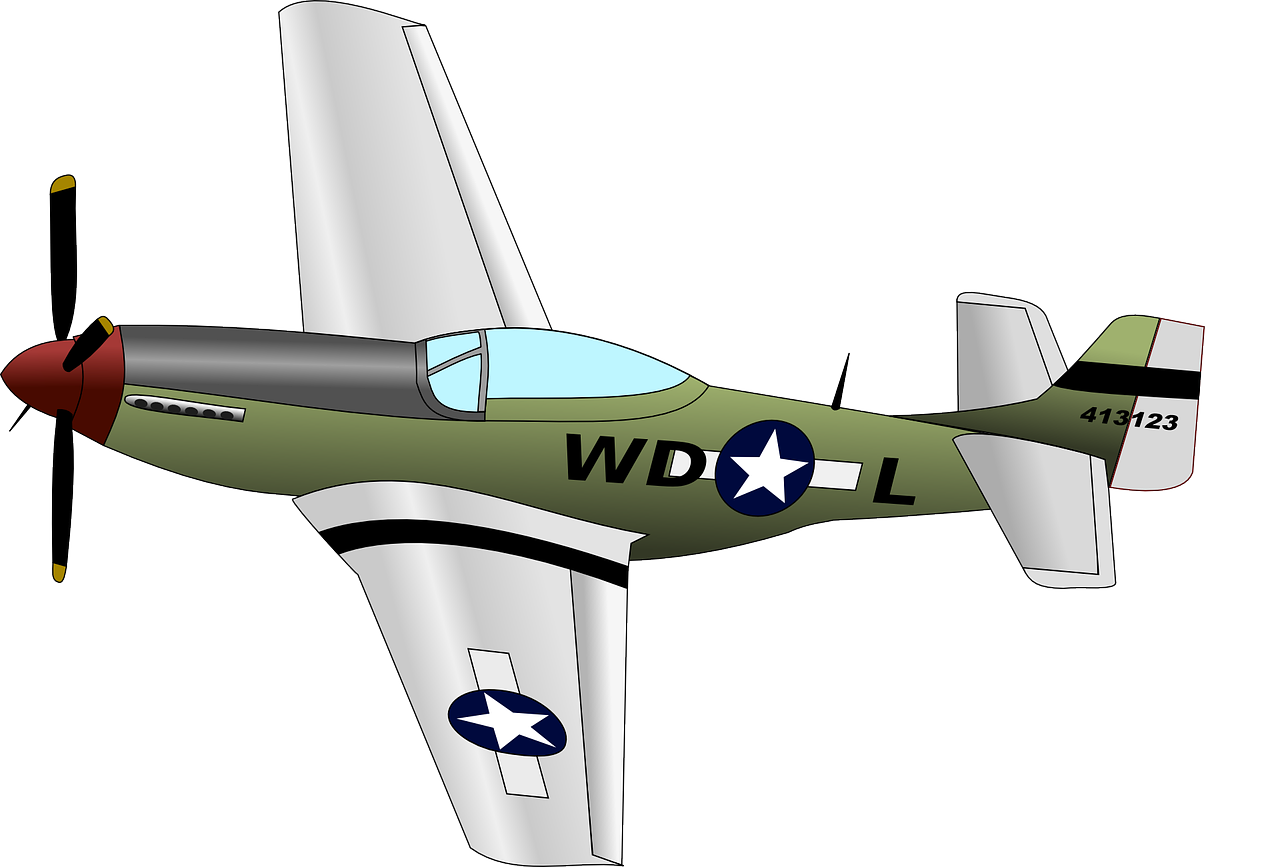The Vietnam War, which spanned nearly two decades, was a tumultuous chapter in the annals of modern warfare, marked by its guerrilla tactics, dense jungle skirmishes, and, notably, the transformative role of aviation. The aerial dimension of the conflict was groundbreaking.
For the first time, helicopters played a pivotal role, not only in transportation and medical evacuations but also in combat and strategic assaults, earning the moniker “helicopter war.” Jets streaked across the skies, delivering payloads that would determine the outcome of ground engagements. But even in this age of technological warfare, there remained an age-old constant: the personal gear of the soldiers. Among these, knives, whether they were combat knives, survival tools, or personal possessions, narrate silent tales of valor, survival, and the gritty realities of jungle warfare. Let’s delve into some of the iconic knives of the Vietnam War era.
The M7 Bayonet
Introduced in the early 1960s, the M7 Bayonet was primarily designed for the M16 rifle, the standard-issue rifle for U.S. troops during the Vietnam War. The M7 had a 6.5-inch blade and an overall length of nearly 12 inches. Its primary purpose was to convert the rifle into a spear-like weapon for close-quarter combat, but soldiers also utilized it for a range of utility tasks.
USAF Pilot Survival Knife
An essential tool for Air Force pilots, this knife was designed to aid pilots who might find themselves downed and stranded in hostile territory. Featuring a 5-inch Parkerized blade with a serrated upper spine, the tool was built to be sturdy and reliable, useful for everything from cutting parachute cords to hacking through dense vegetation.
Gerber Mark II
A fighting knife by design, the Gerber Mark II was favored by many servicemen for its double-edged blade and distinctive look. The blade’s wasp-waisted shape, inspired by the ancient Roman gladius, made it suitable for both slashing and thrusting. Its black oxide finish ensured stealth, minimizing reflections.
SOG Knife
The SOG (Studies and Observations Group) knife was developed for the covert ops running incursions into North Vietnam and the surrounding areas. Modeled after the V-44 knife used in WWII, the SOG knife featured a blade length of around 6.75 inches and was known for its impeccable sharpness and durability.
Ka-Bar Combat Knife
Although associated more with World War II and the Korean War, the Ka-Bar combat knife was also a familiar sight in Vietnam. Its 7-inch blade and sturdy leather handle made it a reliable tool and weapon for the Marines and other service branches.
Randall Model 14
The Randall Model 14 was a favorite among those who could afford to get their hands on it. It wasn’t standard military issue, but its 7.5-inch stainless steel blade and sturdy build made it a popular choice among officers and other servicemen.
Beyond these notable blades, numerous pocket knives, machetes, and other blades were used during the conflict. Many soldiers carried personal knives, gifts from loved ones, or purchases made before deployment. These knives were tools, weapons, and often, a symbol of personal identity in the vastness of a challenging war.
Each knife, whether mass-produced or handcrafted, tells a story. They were the silent companions of soldiers, pilots, and marines as they navigated the rigors of jungle combat, air raids, and covert operations. Even after the war, many veterans kept their knives as cherished mementos, symbols of resilience, and survival.
FAQs
1. Why did pilots specifically need survival knives during the Vietnam War?
Pilots often flew over dense jungle terrain, and in the event of being shot down or experiencing mechanical failures, they’d find themselves isolated in hostile territory. A survival knife was an essential tool for building shelter, gathering food, self-defense, and signaling for rescue.
2. Was the Gerber Mark II solely used during the Vietnam War?
No. While the Gerber Mark II gained popularity during the Vietnam era, its production continued afterward, and it has been used in various capacities by military personnel in subsequent conflicts.
3. Why were personal knives significant to soldiers?
Beyond their utility, personal knives often carried sentimental value. They could be gifts from loved ones, reminders of home, or a symbol of personal identity amidst the chaos of war.
4. How did the design of the SOG knife differ from other knives used during the Vietnam War?
The SOG knife was inspired by the V-44 knife used in WWII and was particularly known for its sharpness and durability. Its design catered to the needs of covert ops in North Vietnam and neighboring regions.
5. Were all the knives standard military issue?
No. While some knives like the M7 Bayonet and the USAF Pilot’s Survival Knife were standard issue, many soldiers and officers opted for custom or personally-purchased , such as the Randall Model 14.
Noblie Custom Knives: A Testament to Craftsmanship and History
For those who possess a passion for knives and their historical significance, the allure of a finely crafted blade is undeniable. This passion is embodied by the artisans at Noblie custom knives. Beyond merely being a workshop and store, Noblie stands as a sanctuary for every lover of knives and history. Here, one doesn’t just buy a knife; they acquire a piece of art, a slice of history, and a testament to exceptional craftsmanship. Each knife, meticulously crafted, narrates a story of tradition fused with innovation. Whether you’re a historian, a collector, or someone who appreciates the sheer beauty of a well-made blade, at this custom knife store, you’ll find a knife that isn’t just unique but is also, in many ways, a reflection of you.
Conclusion
The Vietnam War, often viewed through the lens of its large-scale engagements and political ramifications, was also a deeply personal conflict for those who served. Amidst the roar of jet engines and the rhythmic thuds of helicopter blades, the silent, steadfast presence of knives stood as a symbol of survival, hope, and resilience. Whether used in combat, for daily tasks, or held as a keepsake, these blades bridged the gap between the vast machinations of war and the individual stories of those who fought. Through the annals of history and the cold touch of steel, the legacy of these knives and their bearers continues to endure.


